Grass extension refers to the practice of expanding the area of grass coverage in a yard or landscape. This can involve various methods, including seeding, sodding, or even utilizing turf rolls to create a more extensive green space. The concept is rooted in the desire to enhance the aesthetic appeal of a property, improve outdoor usability, and contribute positively to the local ecosystem.
Grass extension can transform barren patches of soil into vibrant lawns, providing a lush environment for recreational activities, gardening, and wildlife. The process of grass extension is not merely about planting grass; it encompasses understanding the specific needs of the existing landscape. Factors such as soil type, sunlight exposure, and local climate conditions play a crucial role in determining the success of grass extension efforts.
For instance, a yard that receives ample sunlight may thrive with warm-season grasses, while shaded areas might require cool-season varieties. By assessing these elements, homeowners can make informed decisions that lead to a thriving grass extension.
Key Takeaways
- Grass extension refers to the process of expanding the existing grass area in your yard or garden.
- Grass extension can improve the aesthetic appeal of your outdoor space and provide a soft, natural surface for relaxation and recreation.
- When choosing the right grass for your yard, consider factors such as climate, soil type, and maintenance requirements.
- Installing grass extension involves preparing the soil, selecting high-quality grass seeds or sod, and ensuring proper watering and care during the establishment phase.
- To maintain a healthy grass extension, regular mowing, watering, fertilizing, and pest control are essential.
Benefits of Grass Extension
The benefits of grass extension are manifold, extending beyond mere aesthetics. One of the most significant advantages is the enhancement of outdoor living spaces. A well-maintained lawn provides an inviting area for family gatherings, children’s play, and relaxation.
It serves as a natural carpet that softens the ground, making it more comfortable for various activities. Additionally, a lush lawn can increase property value, as prospective buyers often view well-kept landscapes as a sign of good maintenance and care. Beyond the immediate visual appeal and recreational benefits, grass extension plays a vital role in environmental health.
Grass acts as a natural air filter, absorbing carbon dioxide and releasing oxygen. It also helps in reducing soil erosion by stabilizing the ground with its root systems. Furthermore, an extended grass area can improve water absorption and reduce runoff, which is particularly important in urban settings where impervious surfaces dominate.
This natural filtration system contributes to cleaner groundwater and helps mitigate flooding during heavy rains.
Choosing the Right Grass for Your Yard
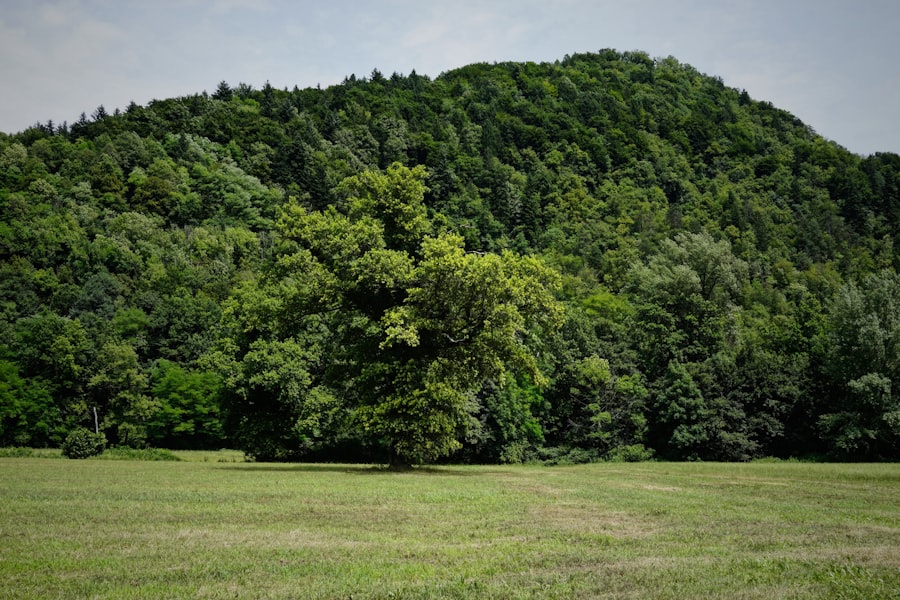
Selecting the appropriate type of grass for your yard is crucial for the success of any grass extension project. Different grass species have unique growth requirements and characteristics that make them suitable for specific environments. For instance, Kentucky bluegrass is favored in cooler climates due to its lush appearance and ability to thrive in well-drained soils.
Conversely, Bermuda grass is ideal for warmer regions, as it is drought-resistant and can withstand heavy foot traffic. When choosing grass for extension, it is essential to consider not only climate but also soil conditions and intended use. For example, if the area will be used for sports or high-traffic activities, selecting a durable variety like tall fescue or zoysia grass may be beneficial.
Additionally, homeowners should evaluate their maintenance capabilities; some grasses require more frequent mowing and watering than others. By aligning grass selection with environmental conditions and personal preferences, homeowners can ensure a successful and sustainable lawn.
How to Install Grass Extension
| Step | Description |
|---|---|
| Step 1 | Download the Grass Extension from the official website |
| Step 2 | Open your web browser and navigate to the Extensions page |
| Step 3 | Click on the “Install” button next to the Grass Extension |
| Step 4 | Follow the on-screen instructions to complete the installation process |
| Step 5 | Restart your web browser to activate the Grass Extension |
Installing grass extension involves several steps that require careful planning and execution. The first step is site preparation, which includes clearing any debris, weeds, or existing vegetation from the area where grass will be extended. This may involve using tools such as rakes or hoes to create a smooth surface.
Soil testing is also advisable at this stage to determine pH levels and nutrient content, allowing for necessary amendments to promote healthy grass growth. Once the site is prepared, homeowners can choose between seeding or laying sod. Seeding involves spreading grass seeds evenly across the prepared soil and lightly raking them in to ensure good seed-to-soil contact.
It is essential to choose high-quality seeds that are appropriate for the local climate and soil conditions. On the other hand, laying sod provides an instant lawn but requires careful handling to avoid damage during installation.
Maintaining Grass Extension
Maintaining a grass extension is an ongoing process that requires attention to various factors such as watering, mowing, fertilization, and pest control. Regular watering is essential, especially during the establishment phase when new seeds or sod are taking root. A general rule of thumb is to provide about one inch of water per week, either through rainfall or irrigation systems.
However, this may vary based on local weather conditions and soil type. Mowing practices also play a significant role in maintaining a healthy lawn.
Fertilization should be done according to soil test results; applying the right nutrients at appropriate times can significantly enhance grass health and vigor. Additionally, monitoring for pests and diseases is crucial; early detection can prevent minor issues from escalating into significant problems.
Environmental Impact of Grass Extension

The environmental impact of grass extension is an important consideration in landscaping practices. Expanding grassy areas can contribute positively to local ecosystems by providing habitats for various wildlife species. Birds, insects, and small mammals often find refuge in well-maintained lawns, which can enhance biodiversity in urban settings where natural habitats may be limited.
Moreover, grass plays a critical role in carbon sequestration—absorbing carbon dioxide from the atmosphere and storing it in plant tissues and soil. This process helps mitigate climate change by reducing greenhouse gas concentrations. Additionally, healthy grasslands improve air quality by trapping dust and pollutants while releasing oxygen through photosynthesis.
The presence of grass also aids in temperature regulation; lawns can help cool surrounding areas through evapotranspiration, which is particularly beneficial in urban heat islands.
Common Mistakes to Avoid with Grass Extension
While extending grass coverage can yield numerous benefits, several common mistakes can hinder success. One prevalent error is neglecting soil preparation before planting. Failing to remove weeds or amend poor soil can lead to inadequate growth and increased competition for nutrients among plants.
It is essential to invest time in preparing the site properly to ensure optimal conditions for new grass. Another mistake often made is overwatering or underwatering the newly established lawn. Many homeowners may assume that more water will lead to better growth; however, excessive moisture can lead to root rot and fungal diseases.
Conversely, insufficient watering can stress young plants and hinder their establishment. Understanding the specific watering needs based on weather conditions and soil type is crucial for maintaining a healthy lawn.
Tips for a Lush and Healthy Grass Extension
Achieving a lush and healthy grass extension requires attention to detail and adherence to best practices throughout the growing season. One effective tip is to implement a regular aeration schedule—typically once or twice a year—to alleviate soil compaction and improve air circulation within the root zone. Aeration allows water and nutrients to penetrate deeper into the soil, promoting stronger root development.
Additionally, incorporating organic mulch around the edges of the lawn can help retain moisture while suppressing weed growth. Mulching not only enhances the visual appeal of the landscape but also contributes to healthier soil by adding organic matter as it decomposes over time. Finally, engaging in seasonal lawn care practices such as overseeding in fall or spring can rejuvenate tired patches and ensure a thick carpet of grass year-round.
By following these guidelines and understanding the intricacies involved in grass extension, homeowners can create vibrant outdoor spaces that enhance their properties while contributing positively to their local environment.
If you are interested in learning more about the concept of chaos and symbolic dynamics, you may want to check out the article Transition to Chaos: Understanding Symbolic Dynamics and Chaos. This article delves into the fascinating world of chaos theory and how it relates to various systems and phenomena. It provides valuable insights into the unpredictable nature of chaos and the patterns that can emerge from seemingly random processes.
FAQs
What is a grass extension?
A grass extension is a type of artificial turf or grass that is used to extend the natural grass in a specific area. It is often used in landscaping, sports fields, and other outdoor spaces to create a uniform and visually appealing surface.
How is a grass extension installed?
Grass extensions are typically installed by first preparing the area with a base layer of compacted gravel or sand. The artificial grass is then laid out and secured in place using adhesive or fasteners. The edges are often trimmed and secured to ensure a seamless and natural-looking transition with the existing grass.
What are the benefits of using a grass extension?
Grass extensions offer several benefits, including low maintenance, durability, and the ability to create a lush and green outdoor space in areas where natural grass may struggle to grow. They also provide a consistent playing surface for sports and recreational activities.
How long does a grass extension last?
The lifespan of a grass extension can vary depending on factors such as the quality of the materials used, the level of foot traffic it receives, and the climate in which it is installed. However, with proper care and maintenance, a grass extension can last anywhere from 10 to 20 years.
Is a grass extension suitable for all climates?
Grass extensions are designed to withstand a range of weather conditions, including heat, cold, and moisture. However, it is important to choose a grass extension that is specifically designed for the climate in which it will be installed to ensure optimal performance and longevity.













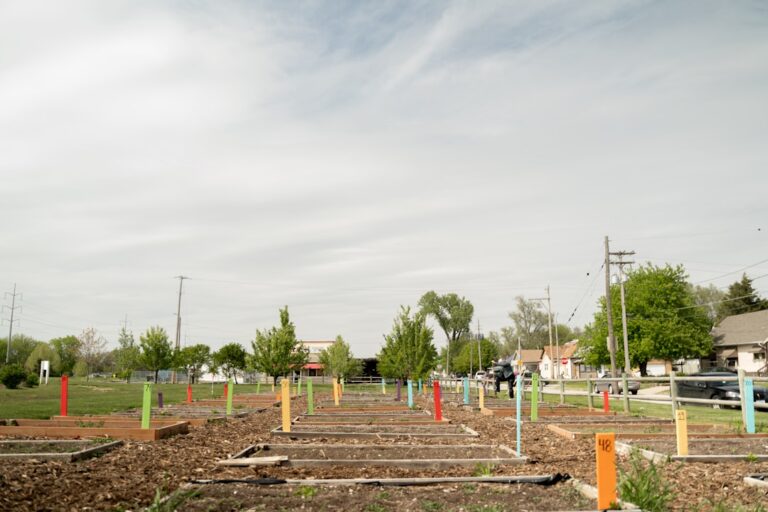

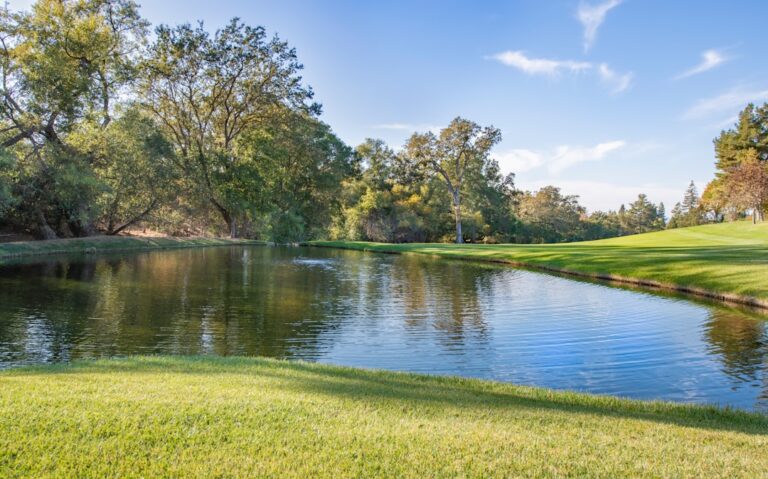

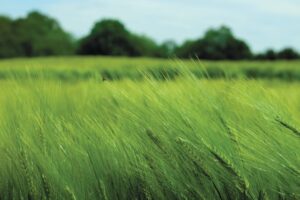
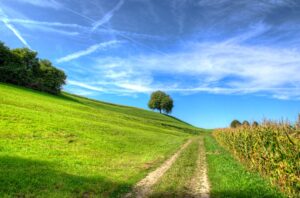

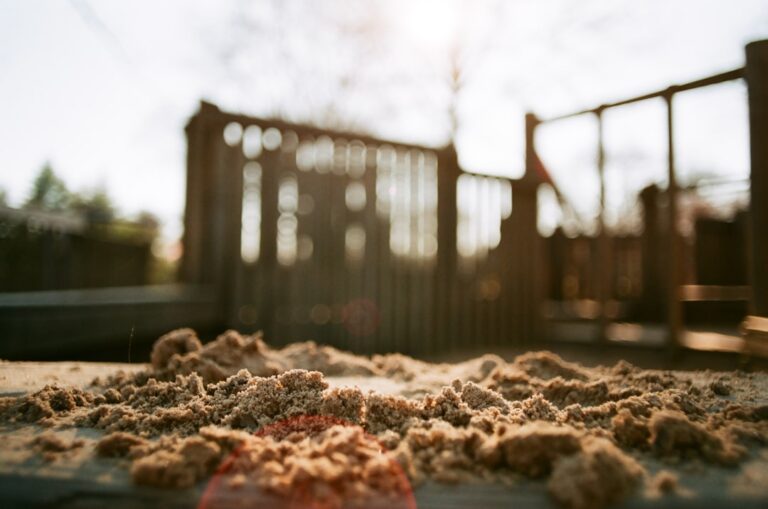
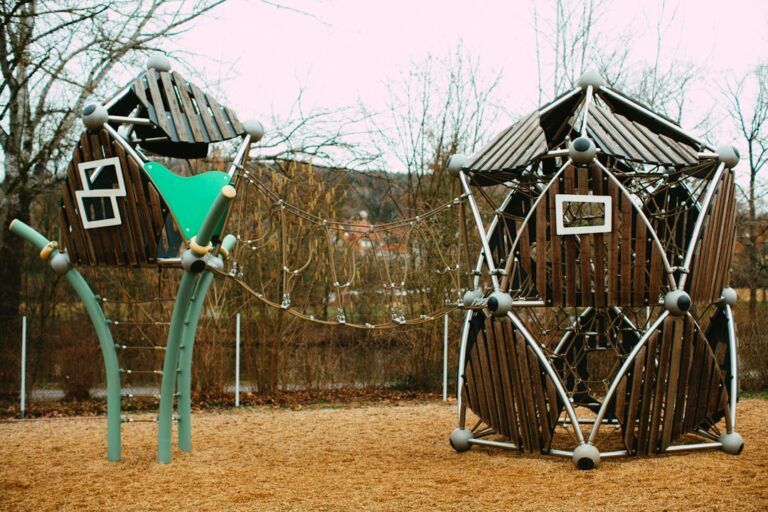


+ There are no comments
Add yours